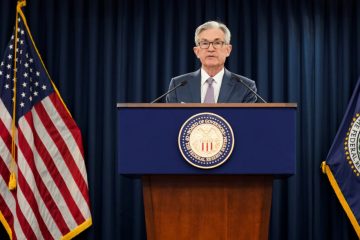Dollar hits two-month highs on Fed’s hawkish surprise; kiwi climbs after GDP

The dollar rose to its highest level in almost two months versus major peers on Thursday after the Federal Reserve brought forward its projections for the first post-pandemic interest rate hikes into 2023, citing an improved health situation and dropping a long-standing reference that the crisis was weighing on the economy.
The dollar index , which tracks the currency against six rivals, ticked up to 91.459 in Asia, building on its nearly 1% surge overnight, the biggest gain since March of last year.
Only New Zealand’s kiwi made any meaningful headway against the dollar among major currencies on Thursday, climbing 0.4% after data showed New Zealand’s economy grew much faster than expected in the first quarter. The kiwi had tumbled more than 1% on Wednesday.
A majority of 11 Fed officials pencilled in at least two quarter-point interest rate increases for 2023, even as officials in their statement pledged to keep policy supportive for now to encourage an ongoing jobs recovery.
The projections showed the outlook for inflation jumping this year, though the price increases were still described as “transitory.” Overall economic growth is expected to hit 7%.
“The Fed’s super hawkish pivot should reinforce the lows and offer further near-term USD support,” TD Securities analysts wrote in a research note.
“A double-whammy of higher rates and wobbly risk sentiment would result in positioning squeeze and the start of a new narrative,” possibly resulting in “a 2% broad USD rally through the summer months,” the note said.
The benchmark 10-year Treasury yield was at 1.5890% in Asia, after rallying to as high as 1.5940% from as low as 1.4820% on Wednesday.
The dollar climbed to an almost two-month high of $1.1984 per euro on Thursday, extending its gain of about 1% from the previous session.
It strengthened to as high as 110.825 yen , a level not seen since April 1, adding to a 0.6% rally overnight.
The Australian dollar dipped to $0.75975, the lowest since April 13, after tumbling 1% on Wednesday.
Sterling slipped to the lowest since May 7 at $1.39745, and the Canadian dollar hit the weakest since May 5 at C$1.2292.
Cryptocurrencies were also hurt by the dollar’s strength, with bitcoin hovering at $38,624 following a 4.5% slide Wednesday, and ether at $2,393 after a 7% selloff.



